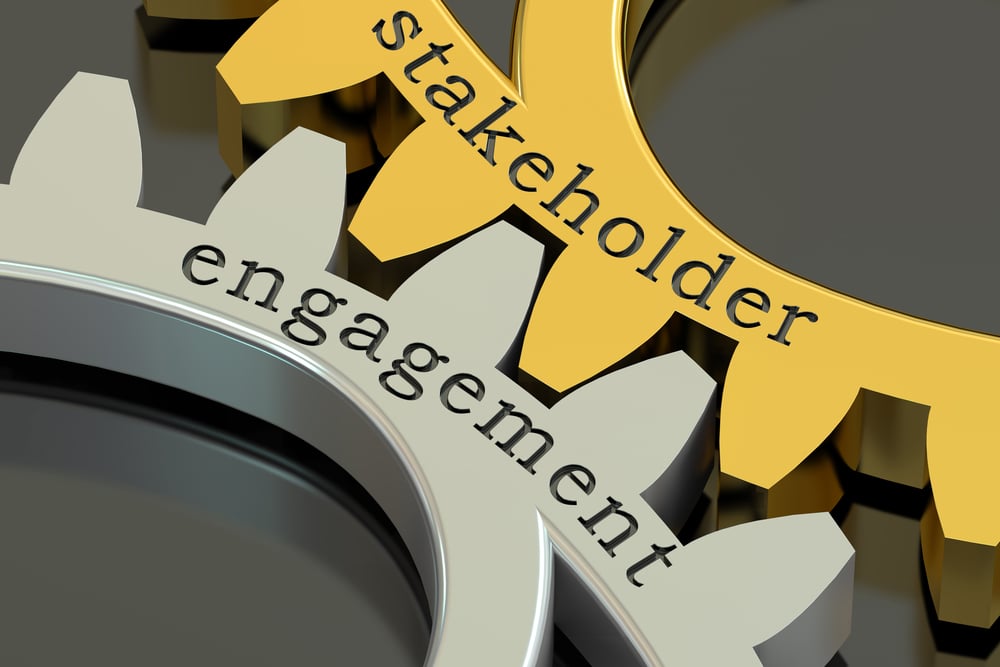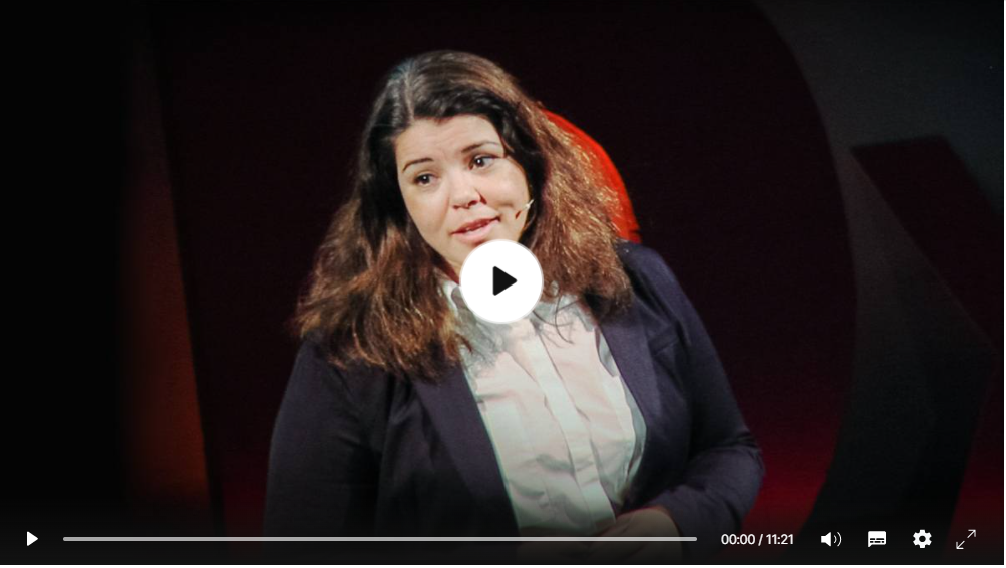How to Engage Stakeholders in your Change
By Mark Vincent
Share

When it comes to business change, the way we engage our stakeholders can have a profound impact on both the pace and the quality of the outcomes. It’s cited in most studies on change performance as one the most, if not the most, critical factor in change success.
What is stakeholder engagement?
To start with it might be useful to remind ourselves what we mean by a stakeholder. There are a few definitions, but ours is anyone who is directly involved in, impacted by or who could impact in some way our ability to deliver a change.
And when we say “engagement”, we mean the emotional drive or force to get involved and make it happen. We know when we’re truly engaged in something because we feel motivated to make the effort needed. We rarely need to be told to go on holiday (well I don’t anyway) or to spend time on our favourite pastime. We’re not doing it because we’re told to but because we want to.
So, when we strip back stakeholder engagement to its essence, what we’re trying to achieve is that we all want the same thing. Like many things in life, much easier to say than to do.
The hard reality, backed by numerous high-profile studies on change, is the more engaged our stakeholders are, the faster and easier the change will happen. And that’s regardless of scale or complexity.
So, stakeholder engagement is about creating the conditions whereby those involved or affected by the changes are actively supportive, passionate and fully invested in making them happen.
Why is engagement so important in a change?
Consider what it feels like when we’re told we have to change something, maybe to stop doing something we like or to change the way we do something. When we feel forced we tend to do it grudgingly, if at all, or we may pretend not to hear, maybe think to ourselves if we do it badly enough they won’t ask us again. Sound familiar?
We like to feel masters of our own destiny and whilst we may recognise the greater good we’d rather like to have a say in how we make our own changes. In other words, we engage when we feel there is a reason to and that normally comes down to some degree of self interest. We recognise the way in which it will be better for us, taking into account what we’ll have to give up. In case you were wondering, even acting for the greater good makes us feel better.
As the studies on change success continually show, when we’re engaged it goes well and when we’re not it doesn’t. When we stop and think about it for a moment it makes perfect sense, trying to get people who are dis-engaged to do something we want them to do but they are not really interested in is rather like herding cats
How do we encourage people to engage?
If we’re looking to increase engagement, it’s important to start by understanding the how the change is likely to look from the perspective of those we are seeking to engage. This perspective is critical and is one of the most overlooked aspects of business change, often pushed down the priority list in the pursuit of hard deadlines. We’ll all tend to weigh up the positives and the negatives:
• Positives could include feelings of excitement, being a part of something important, desire for something better, even avoiding something undesirable.
• Negatives could include fear of loss (money, power, security etc), lack of time, lack of belief that change is possible, suspicion about the motives of those in charge of the change.
Engagement is about helping people to see for themselves how the changes will be better for them while at the same time helping them address the downsides. In other words it’s about creating the conditions where people are more likely to choose to engage rather than dis-engage.
Meeting resistance and disengagement
When making changes there will inevitably be times where some people are resistant or dis-engaged. The key to addressing it lies in taking the time to understand how the change is likely to look through their eyes, knowing what you do about them and their unique circumstances. Each of us is different, bringing our own unique personalities, history, beliefs and values. Those in turn shape our perspectives.
Only from a place of understanding, can we start to help those around us to address their reasons for dis-engagement whilst also helping them to see why it’s good for them to make the change happen.
Stakeholder Engagement Process
At a practical level we’d recommend a few steps that may help to bring some structure to the process of deciding how to increase engagement:
- Specifically identify who your stakeholders are, either by name (if the population is relatively small and / or for certain key individuals) or according to groups who are likely to have certain shared perspectives. Keep in mind the danger of generalising though.
- Consider for each person or group, how they are likely to feel about the change and why
- Speak to them where possible to test your beliefs
- Consider strategies to improve their perceptions of the reasons to change whilst reducing the downsides
- Test and measure, ideally using Change Readiness Tools like this one
Some final things to remember
- We’re all unique, so a one size fits all approach is unlikely to work
- In the end we’re the ones who decide for ourselves (consciously or subconsciously) our level of engagement
- We can’t force engagement on others so our job as change managers is to create the conditions where engagement is more likely
- The more we know about the people we are seeking to engage, the more likely we’ll be able to understand how to do that
When we reflect on the real purpose of Change Management, it’s about finding ways to increase stakeholder engagement. And that comes down to a simple equation: when we perceive that the reasons to change are greater than the reasons to stay as we are (both emotionally and rationally) we’ll change, otherwise we won’t. And where emotions and perceptions are involved, that balance can shift quickly, so we need to stay alert!
Get in touch
If you’re starting a change, or already on the journey and need some support, we can help.
Whether it’s coaching or mentoring your leadership team, diagnosing low engagement or leading a change on your behalf, we have a range of options to suit different situations and budgets. Contact us by clicking the button to find out more.
Related content
Protected: ENERGISE: PURPOSE Driven With Passion
There is no excerpt because this is a protected post.
Celeste Headlee – 10 ways to have a better conversation
The art of conversation is so critical to everything we do, it’s a wonder that we’ve yet to truly master it.
The Unseen Perspectives: Unlocking the Hidden Drivers in Business Transformation
Discover the impact of individual perspectives on the success of your business transformation. Discover the impact of individual perspectives on the success of your business transformation. Learn how to leverage these hidden drivers for more effective change management with real-life examples.
Business Transformation Breakthrough
Learn the 5 key strategies to increase engagement and empowerment in your change. Become the influential leader you were born to be.





